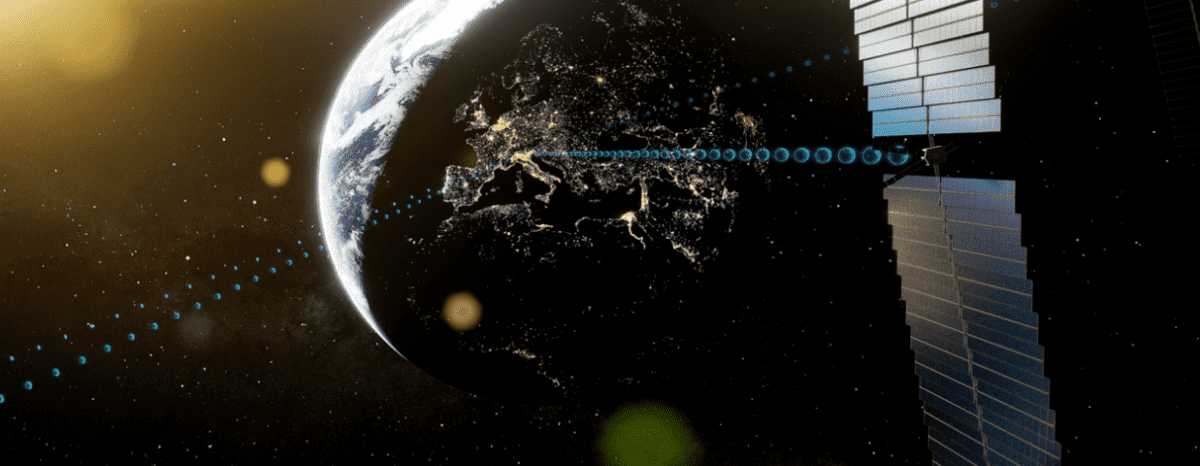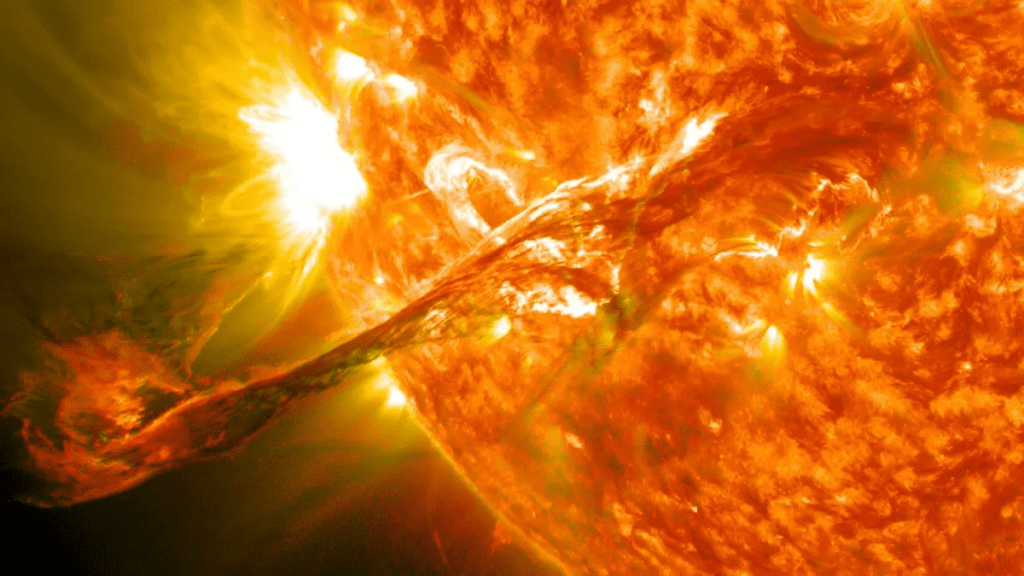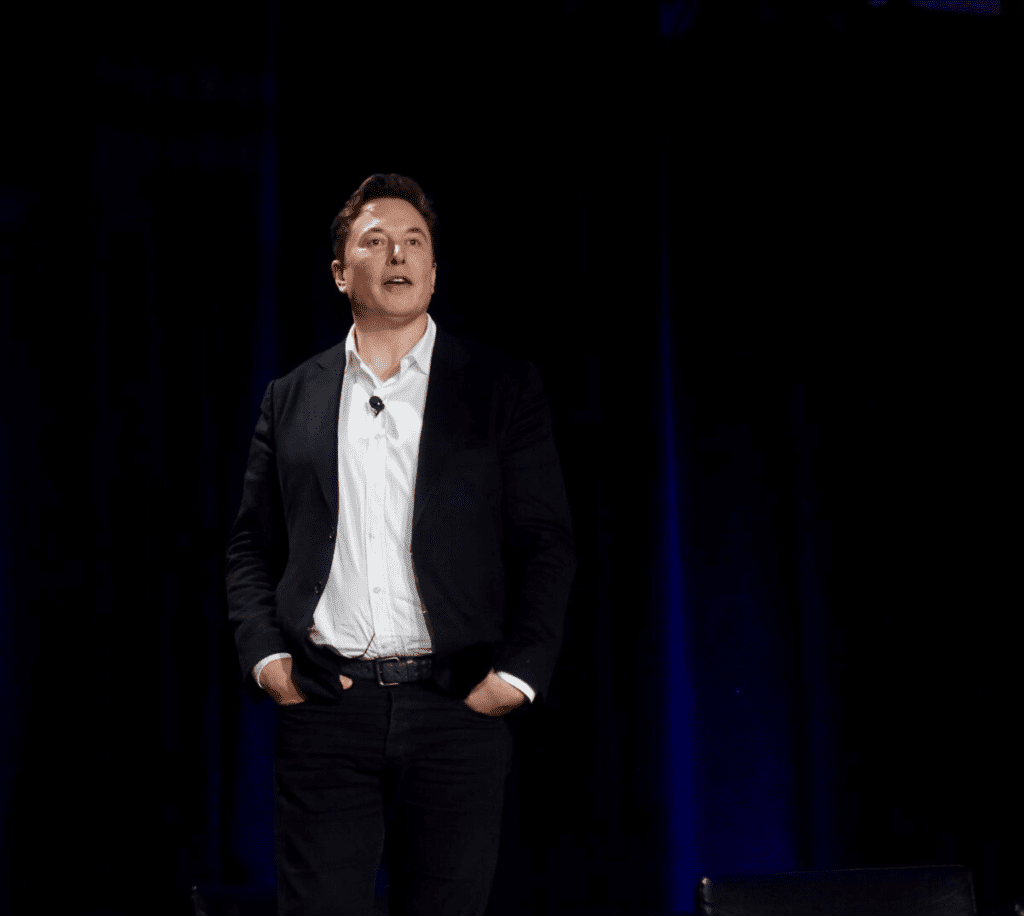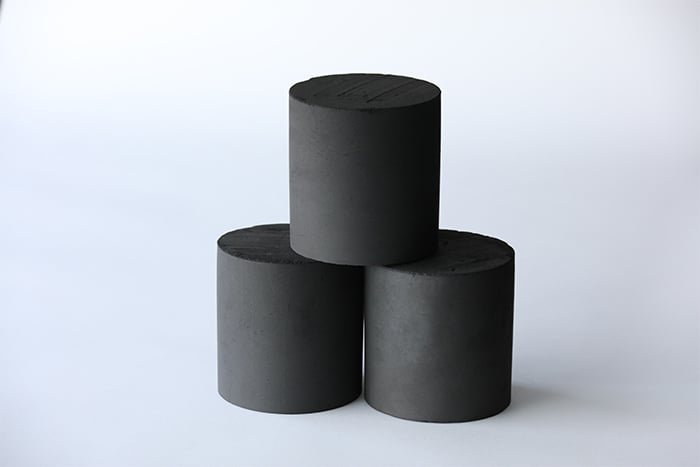The European Space Agency is set to approve a three-year study that will investigate the feasibility of beaming wireless electricity from space into millions of homes. The Solaris initiative aims to establish whether a space-based renewable energy generation system is viable and cost-effective. The project is one of several being considered by the ESA’s triennial council. The plummeting cost of launches, robotic construction in space, and technological advances that enable the wireless transfer of electricity from space to earth have made the project more feasible. The initiative also addresses future energy shortages and the reduction of fossil fuel-based energy production.
The Potential of Space-Based Solar Power
The Solaris initiative could be the first practical plan for developing a space-based renewable energy generation system. Space-based solar power has been around for over 50 years, but it has been too expensive and too difficult to implement until now. The ESA is seeking funding from its member nations for a research programme that seeks to develop space-based solar power reliably and cheaply enough to make it economically viable.
Research ministers are considering the initiative at a Paris meeting. The ESA’s Dr Josef Aschbacher believes that solar power from space could be of “enormous” help in addressing future energy shortages. The Sun’s energy is collected more efficiently in space as there are no nights or clouds. The ESA aims to have giant satellites in orbit, each generating the same amount of electricity as a power station. The Solaris initiative seeks to determine if it’s possible to transfer solar energy from space to electricity grids on earth using microwave beams.
Wireless Beaming System
The Solaris team has shown that it’s possible to transmit electricity wirelessly safely and efficiently. Engineers demonstrated sending 2 KW of power collected from solar cells wirelessly to collectors over 30 metres away at Airbus in Munich in September. Although it’s a big step up to send gigawatts of power over thousands of miles, according to Jean Dominique Coste, a senior manager for Airbus’s blue sky division, it could be achieved in a series of small steps.
Dr Ray Simpkin, the chief scientist of Emrod, the firm that developed the wireless beaming system, said that the technology is safe. He said that “nothing will get fried” as the power is spread out over a large area, and even at its peak intensity in the beam’s centre, it will not be hazardous to animals or humans.
The UK is also making strides in the race to develop space-based solar power, with Space Solar being formed to demonstrate beaming power from space within six years and doing so commercially within nine years. The US, China, and Japan are also developing their plans.
- BC Approves Logging in 5,700 Hectares of Caribou Habitat as Population Drops 51% Since 1991
- Ontario Kills Endangered Species Act: Wildlife Protection Narrowed to Nests and Dens Only
- Histamine Alert: Vicente Marino Anchovy Recall Spans 6 Provinces After Confirmed Illnesses
- 8 Female Pacific Sleeper Sharks Form Orderly Queue at 1,629m Depth, Pushing Range 1,200km Further South
- Nipah Virus Returns to Kerala: 38-Year-Old Woman Tests Positive as 345 Contacts Monitored
In A Nutshell
The Solaris initiative is a significant step towards developing a space-based renewable energy generation system. The plummeting cost of launches, robotic construction in space, and technological advances that enable the wireless transfer of electricity from space to earth have made the project more feasible. It also addresses future energy shortages and the reduction of fossil fuel-based energy production. The technology is safe, and the Solaris team has already shown that it’s possible to transmit electricity wirelessly safely and efficiently. Space-based solar power could be the generation’s equivalent of the moon shot, says Dr Vijendran, and with increased funding and greater political support, it could be done within a decade.


















